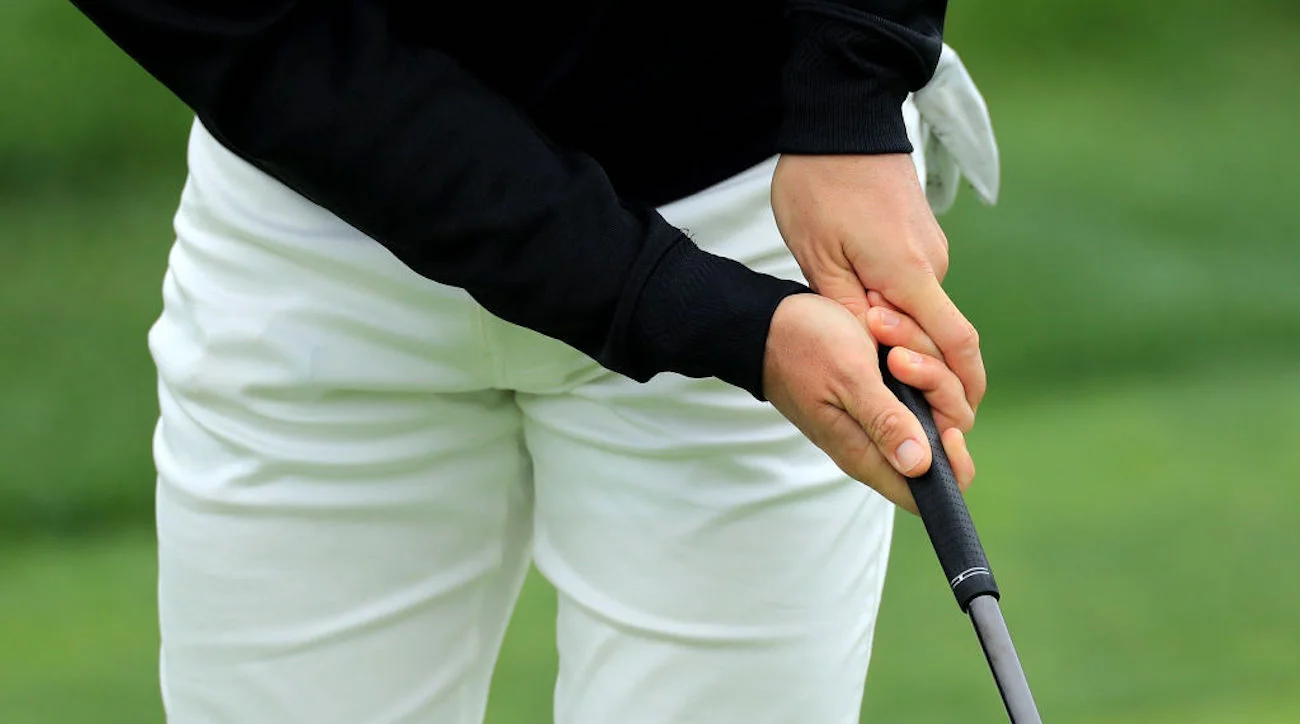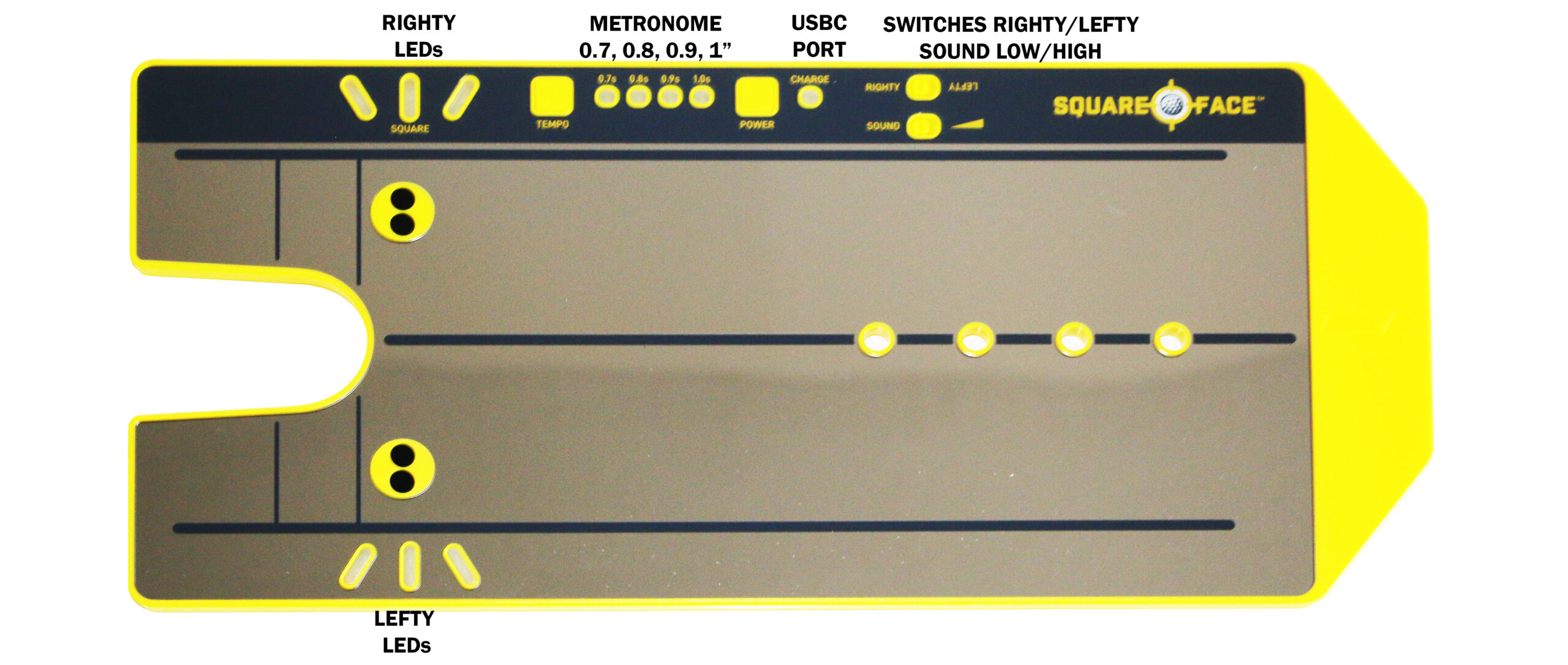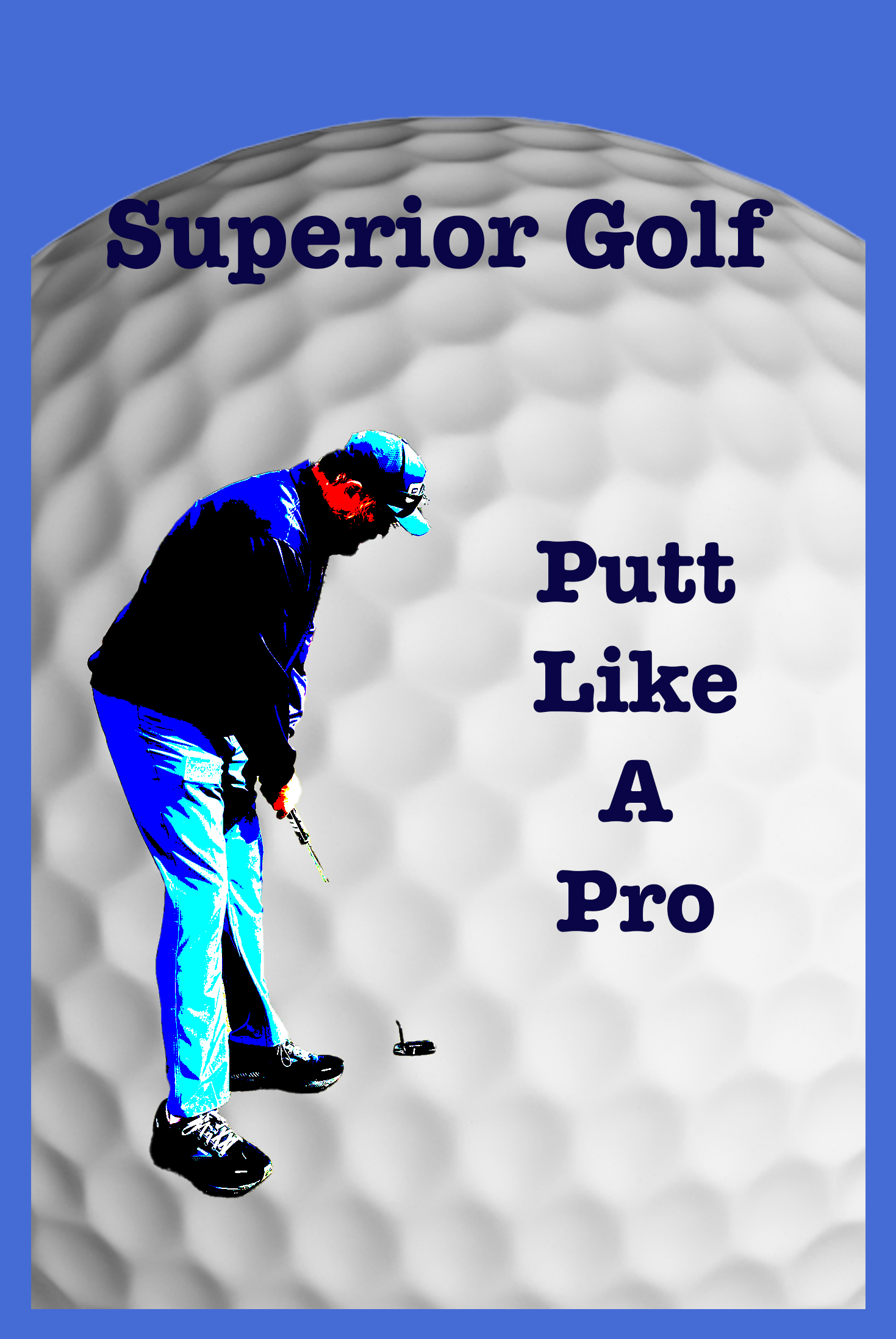Conventional Putting Grip: 4 Reasons why it may be your best bet
Conventional Putting Grip: The putting stroke – the delicate dance between golfer and green. It’s where countless strokes are saved (or sadly, surrendered) and the difference between glory and defeat can hinge on a single putt. While a smooth swing and dialed-in wedges are crucial, a solid putting grip is the foundation for a consistent putting stroke.
Today, we delve into the conventional putting grip, the granddaddy of putting styles. We’ll explore its advantages on the green, dissect its potential downfalls, and ultimately help you decide if this grip is the perfect fit for your putting woes.
A Familiar Friend: The Comfort of the Conventional Grip
For many beginners, the conventional grip is a natural starting point. It mirrors the way we hold most other clubs in the bag, fostering a sense of comfort and familiarity. Your dominant hand (right hand for righties) rests below the non-dominant hand, with the fingers overlapping slightly. This overlap creates a connected feel between the hands, which some golfers find promotes better distance control.
Think of it like training wheels for your putting stroke. The connection helps you develop a sense of where the putterhead is in relation to your body, fostering a pendulum-like swing for consistent strike.
Simplicity is Key: A Grip for Everyone?
The beauty of the conventional grip lies in its uncomplicated nature. There’s no fancy hand positioning or contortions required. Just a basic overlap, a firm yet relaxed grip pressure, and you’re ready to roll (or should we say, putt?).
This straightforward approach makes it a versatile grip suitable for golfers of all skill levels. From weekend warriors to seasoned pros like Jordan Spieth, the conventional grip has proven its effectiveness on the biggest stages.
The Winning Formula: Benefits of the Conventional Grip
There’s a reason why this grip has stood the test of time. Here’s a closer look at the key advantages it offers:
- Promotes Feel for Distance: That connected feeling between the hands can translate into a better sense of how much power to put into your stroke. This translates to more consistent distance control, especially on those crucial lag putts.
- Enhanced Stability: The overlap provides some stability in the hands, minimizing unwanted hand movement during the putting stroke. This can lead to a more square putter face at impact, resulting in purer rolls and fewer missed putts.
- A Familiar Friend: As mentioned earlier, the conventional grip feels natural for most beginners. This familiarity breeds confidence, a crucial element for success on the putting green.
- Straightforward and Easy to Learn: No complex hand placements or awkward contortions – the conventional grip is easy to learn and implement. This allows you to focus more on perfecting your putting stroke and less on mastering the grip itself.
The Other Side of the Coin: Potential Drawbacks
While the conventional grip boasts some undeniable benefits, it’s not a one-size-fits-all solution. Here are some potential downsides to consider:
- Hand Action Lurking in the Shadows: The very connection that promotes feel for distance can also be its downfall. For some golfers, the overlap can lead to excessive hand movement during the putting stroke. This can cause the putter face to open or close at impact, resulting in misalignment and missed putts.
- Limited Feel for Some: Not everyone thrives with the connected feel of the conventional grip. Some golfers prefer a more independent feel for the putter, allowing for a more nuanced touch on the greens.
- Restrictive for Arc Putters: If you have a strong arc in your putting stroke, the conventional grip might feel restrictive. The overlap can limit the natural movement of your hands, hindering the effectiveness of your stroke.
Finding Your Perfect Putting Partner: Conventional vs. Other Grips
The putting world is a playground of various grip styles. Here’s a quick comparison to help you decide if the conventional grip reigns supreme:
- Interlocking Grip: Offers even more hand stability than the conventional, but might feel less natural for some.
- Reverse Overlap Grip: Provides a more hands-on feel but can be less intuitive for beginners.
- Left-Hand Low Grip: Promotes a sweeping stroke but might not be ideal for golfers who prefer a more feel-oriented approach.
- Arm Lock Grip: Minimizes hand movement but comes with the restriction of anchoring the putter to your forearm (currently not legal in professional play).
The Final Putt: Conventional Grip – A Solid Starting Point
The conventional grip is a solid foundation for building a consistent putting stroke. Its simplicity, familiarity, and potential for distance control make it a great choice for pro’s, beginners and high-handicappers alike. However, it’s crucial to be open to experimentation, especially if you find yourself struggling with hand movement or feel.
Here are some parting tips to get the most out of the conventional grip:
- Focus on Pressure, Not Tightness: A firm grip is essential for control, but avoid gripping too tightly, as this can restrict feel and lead to jerky putting strokes.
- Posture Plays a Part: A good putting posture with proper spine angle and weight distribution will contribute to a smoother stroke, regardless of your grip style.
- Practice Makes Progress: As with any aspect of the game, consistent practice is key. Devote time on the putting green to refine your grip feel and develop a putting stroke that works for you.
Ultimately, the best putting grip is the one that breeds confidence and consistency in your putting game. If the conventional grip feels comfortable and allows you to roll putts with confidence, then stick with it! But if you’re yearning for a different feel or struggling to minimize hand action, don’t be afraid to explore other grip styles. There’s a whole world of putting grips out there waiting to be discovered.
So, grab your putter, hit the putting green, and experiment with the conventional grip. You might just discover your putting soulmate, or it could be the stepping stone to finding your perfect putting match elsewhere. Remember, a smooth putting stroke is the holy grail, and the right grip can help you get there. Happy putting!


The Square Face And Putt Like A Pro Book
Click here for 10% off the Square Face (use coupon code SUPERIORGOLF) and my eBook free with the purchase of the Square Face
